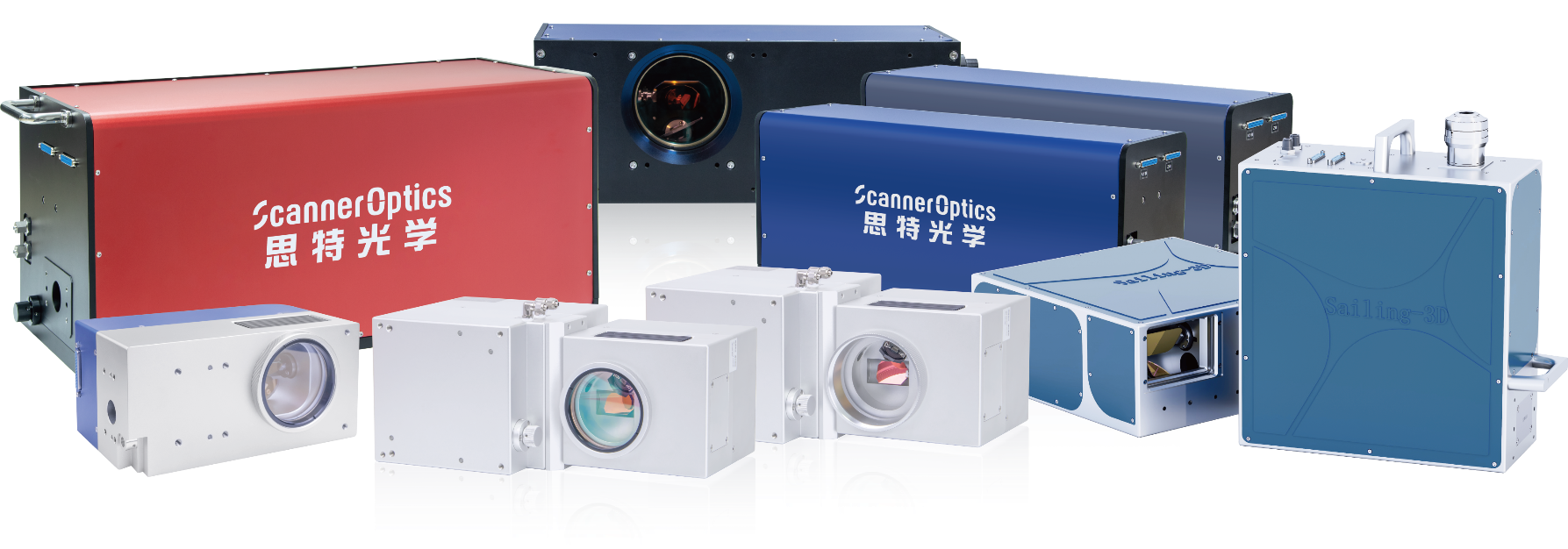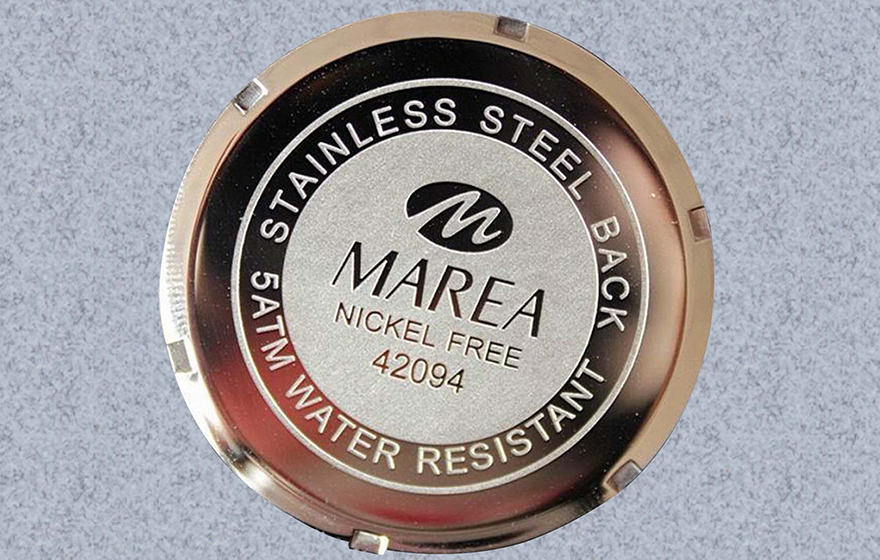A laser scan head is a device used to control the direction, position, and focus of a laser beam with high precision and speed. It is a key component in many laser systems, especially in industrial, medical, and scientific applications where accurate beam movement is essential. Their performance relies on a combination of integrated technologies working in unison to ensure speed, accuracy, and stability.

At the core of most laser scan heads are galvanometer scanners, commonly known as galvos. These are fast-moving, electromagnetically driven motors equipped with mirrors that deflect the laser beam along different axes. The accuracy of these galvo mirrors is enhanced by sophisticated servo control systems that use digital signal processing or FPGA-based architectures to manage position feedback in real time, ensuring precise mirror alignment and contributing directly to high laser scanning speed.
To maintain a uniform focus and spot size across the entire working field, scan heads incorporate F-theta lenses. These specialized lenses are designed to correct for the natural curvature of the scanned area, enabling a flat field that is crucial for applications requiring consistent beam quality across a surface.
Complementing the optical path are beam delivery optics, which include mirrors, lenses, and sometimes beam expanders or reducers. These components guide and shape the laser beam while maintaining high optical quality through coatings that minimize reflection and maximize transmission.
Because scan heads operate at high speeds and are exposed to intense laser energy, effective thermal management is essential. Cooling systems, whether passive (like heat sinks) or active (using fans or liquid cooling), are implemented to protect sensitive components from overheating and ensure long-term operational stability.
Position feedback is another critical aspect of laser scan head functionality. High-resolution sensors, such as optical encoders or capacitive detectors, continuously monitor the position of the mirrors and send this data back to the control system. This loop allows for real-time adjustments that keep the laser precisely aligned with the desired path.
Together, these technologies form a complex but finely tuned system that allows laser heads to perform with exceptional speed and precision in demanding environments.
It is the most widely used type of laser scanning head, which uses rotating mirrors mounted on galvanometers to steer the laser beam along the X and Y axes. Galvo scan heads offer high precision and fast response times, making them ideal for laser marking, engraving, cutting, and welding.
Polygon scan heads use a rapidly rotating polygon-shaped mirror to deflect the laser beam. This type of system allows for very high-speed scanning, but usually in one axis only, often combined with a second-axis mirror or stage for two-dimensional control.
These scanner heads use vibrating mirrors that oscillate at a fixed resonant frequency. They are suitable for applications that require periodic, repetitive scanning motions, such as raster scanning in imaging systems.
Unlike traditional 2-axis scan heads, 3-axis systems can also adjust the focal position of the laser beam (Z-axis). This allows them to work on curved or uneven surfaces and over larger scan fields without losing focus.

High Precision and Accuracy: Laser scan heads use galvanometer mirrors to direct the beam with micron-level precision. Ideal for applications requiring intricate patterns or detailed marking.
Fast Processing Speeds: High-speed motors and lightweight mirrors allow for rapid beam movement. Enables quick scanning and reduced cycle times, increasing productivity.
Non-Contact Operation: No physical contact with the material reduces wear and tear. Minimizes risk of mechanical deformation or contamination of the workpiece.
Flexible Beam Control: Can manipulate beam position, shape, and intensity dynamically. Supports complex geometries and variable focus depths (with 3-axis scan heads).
Improved Quality and Consistency: Repeatable and reliable beam control ensures consistent results. Enhances product quality with minimal defects.
Laser Marking
Laser scan heads are extensively used in marking and engraving applications, where they guide the laser to create text, serial numbers, barcodes, logos, or decorative patterns on various materials such as metals, plastics, glass, and ceramics. The high speed and precision of laser marking head make it ideal for industrial production lines.
Laser Cutting
In manufacturing, laser scan heads direct powerful laser beams to cut or weld materials with extreme accuracy. The laser cutting and welding scan head is especially effective for complex geometries and fine details, often used in industries such as automotive, aerospace, and electronics.
3D Printing (Additive Manufacturing)
Laser scan heads are essential in laser-based 3D printing technologies like Selective Laser Sintering (SLS) and Direct Metal Laser Sintering (DMLS). They guide the laser to fuse layers of powdered material, building up parts layer by layer with high precision.
Medical and Cosmetic Applications
In medicine, laser scan heads are used in devices for eye surgery, dermatology, and cosmetic treatments. They enable controlled delivery of laser energy for cutting, reshaping tissue, or treating skin conditions, ensuring safety and effectiveness.
3D Scanning and Imaging
In non-contact measurement systems, laser scan heads help in scanning surfaces to create 3D models. This is used in reverse engineering, quality control, and metrology, as well as in applications like facial recognition and medical imaging.

1. Define Your Application Requirements
Start by clearly identifying what the scan head laser will be used for. Whether it’s laser marking, cutting, 3D printing, scanning, or medical treatment, each application has different demands in terms of speed, accuracy, beam quality, and scanning area.
2. Consider Laser Type and Wavelength
Ensure the scan head is compatible with the type of laser you’re using and its wavelength. Optical coatings on mirrors and lenses in the scan head must be optimized for the specific wavelength to prevent power loss or damage.
3. Determine Required Scan Area and Field Flatness
The size of the scan field is an important factor. Larger scan fields often require more powerful optics and potentially a 3-axis scan head to maintain focus over the entire area. For applications requiring a flat working surface (like engraving), an F-theta lens that maintains uniform focus is essential.
4. Evaluate Precision and Resolution Needs
Consider the level of detail your application requires. If you need to create very fine patterns or small features, you’ll need a scan head with high-resolution positioning, stable feedback control, and fine mirror movement.
5. Assess Scanning Speed
If your process demands fast throughput—such as in high-speed marking or manufacturing—choose a scan head with high-speed galvo motors or even a polygon mirror system.
6. Choose Between 2D and 3D Scan Head
For flat surfaces and standard applications, a 2-axis scan head is usually sufficient. However, if you need to work over large areas or on 3D or curved surfaces, a 3-axis scan head is a better choice as it can dynamically adjust the focal point.
7. Integration and Control System Compatibility
Make sure the scan head can integrate smoothly with your existing system. It should support compatible communication protocols and be controlled by software that fits your workflow. Some scan heads come with dedicated control cards or software packages.
Contact Scanner Optics
As one of professional laser head manufacturers in China, Scanner Optics specializes in optical galvanometer scanners and laser scanning systems. We focus on developing high-performance, cost-effective solutions for various laser applications, including marking, welding, cutting, and micromachining.
Email: scanner@hanslaser.com
Phone: +86-755-23041055
Website: www.scanneroptics.com
A 2-axis scan head controls the laser beam in the X and Y directions, suitable for flat surfaces. A 3-axis scan head adds dynamic focus adjustment (Z-axis), allowing it to maintain beam focus over larger areas or 3D surfaces.
No. The scan head must be matched to the laser's wavelength and power. Optical components like mirrors and lenses need coatings that are optimized for the specific wavelength (e.g., 1064 nm for fiber lasers, 10.6 µm for CO₂ lasers).
A fiber laser scan head is a device that directs and focuses a laser beam emitted from a fiber laser. It uses high-speed mirrors, typically controlled by galvanometers, to steer the laser beam across a working surface with precision.
CO₂ laser heads are ideal for cutting, engraving, or marking materials like wood, acrylic, leather, glass, rubber, textiles, paper, and some plastics. They are not suitable for cutting metals without special modifications or additives.
Yes. Most scan heads need thermal management. Some use passive cooling (heat sinks), while others use active methods (fans or liquid cooling), especially when handling high-power lasers.
Keeping optics clean and dust-free;
Ensuring proper cooling;
Checking mirror alignment and system calibration;
Using the scan head within recommended power and temperature limits